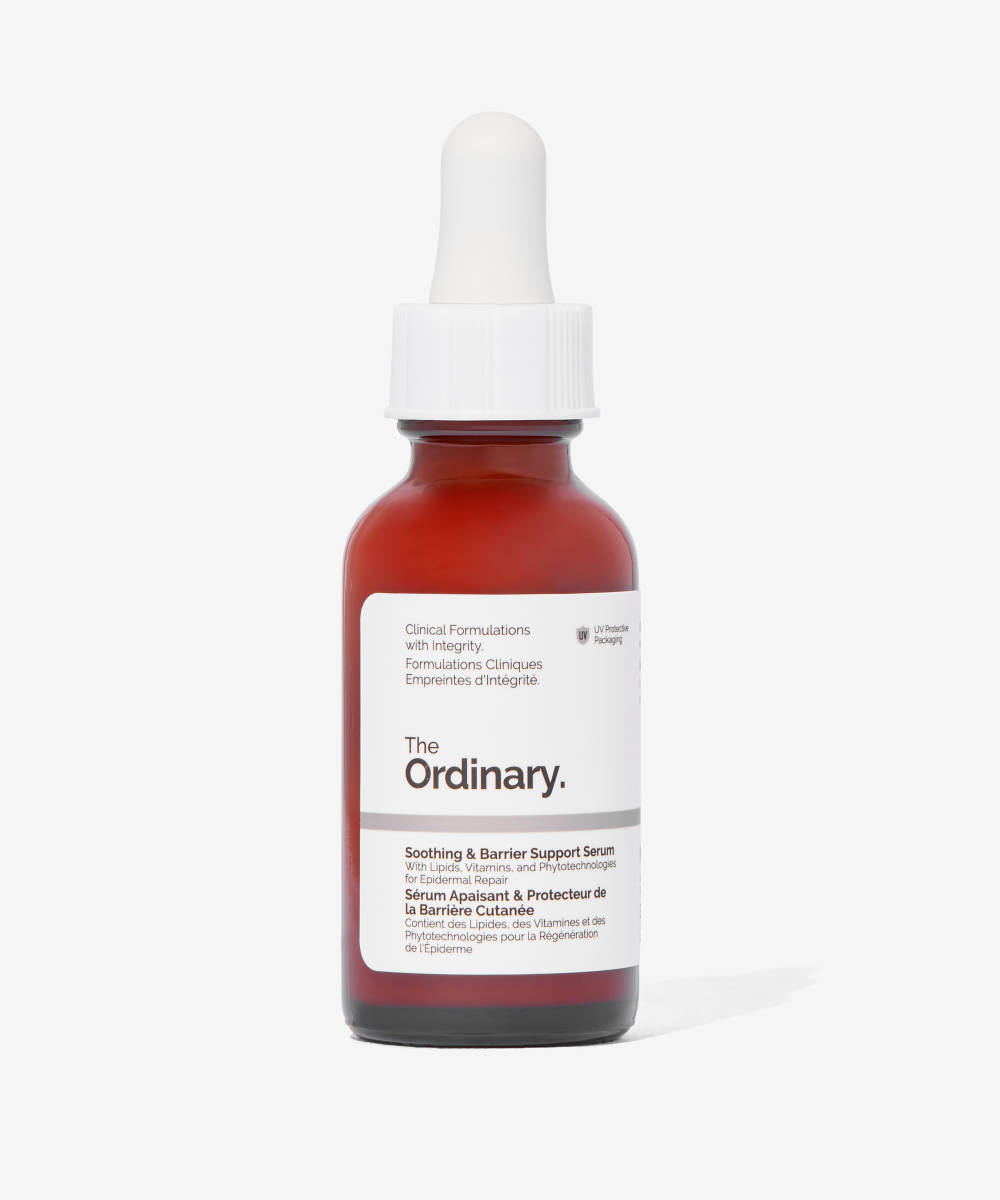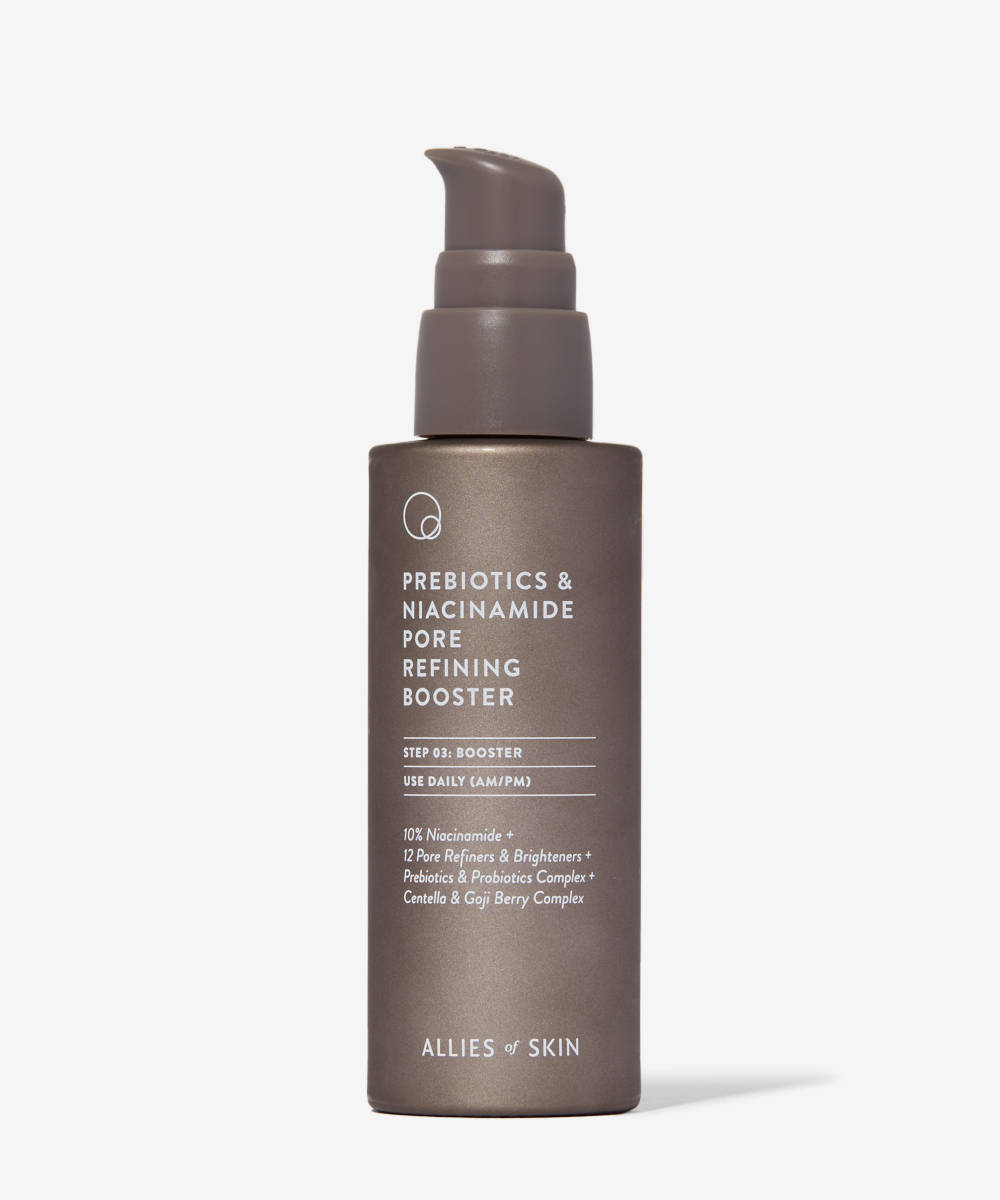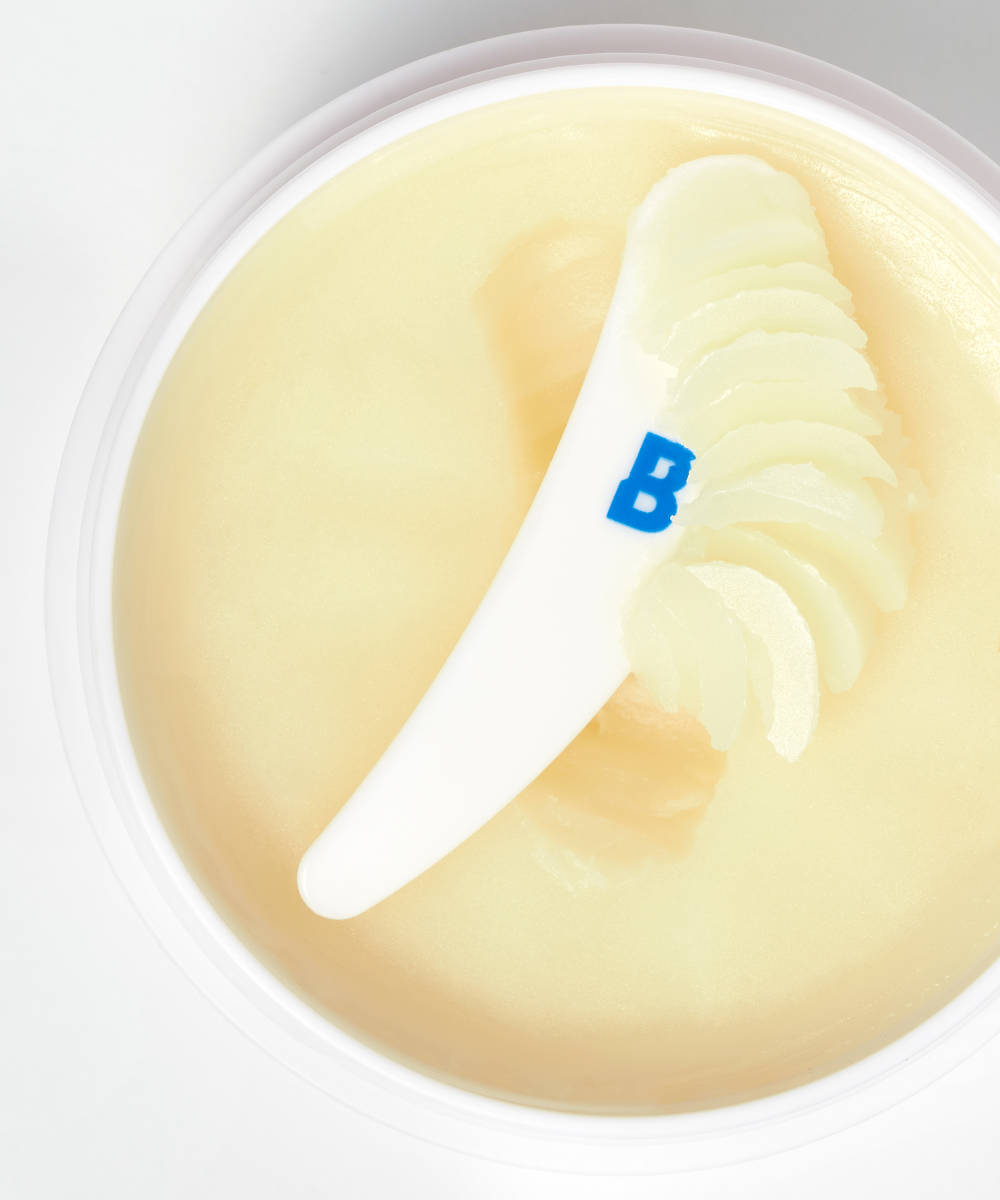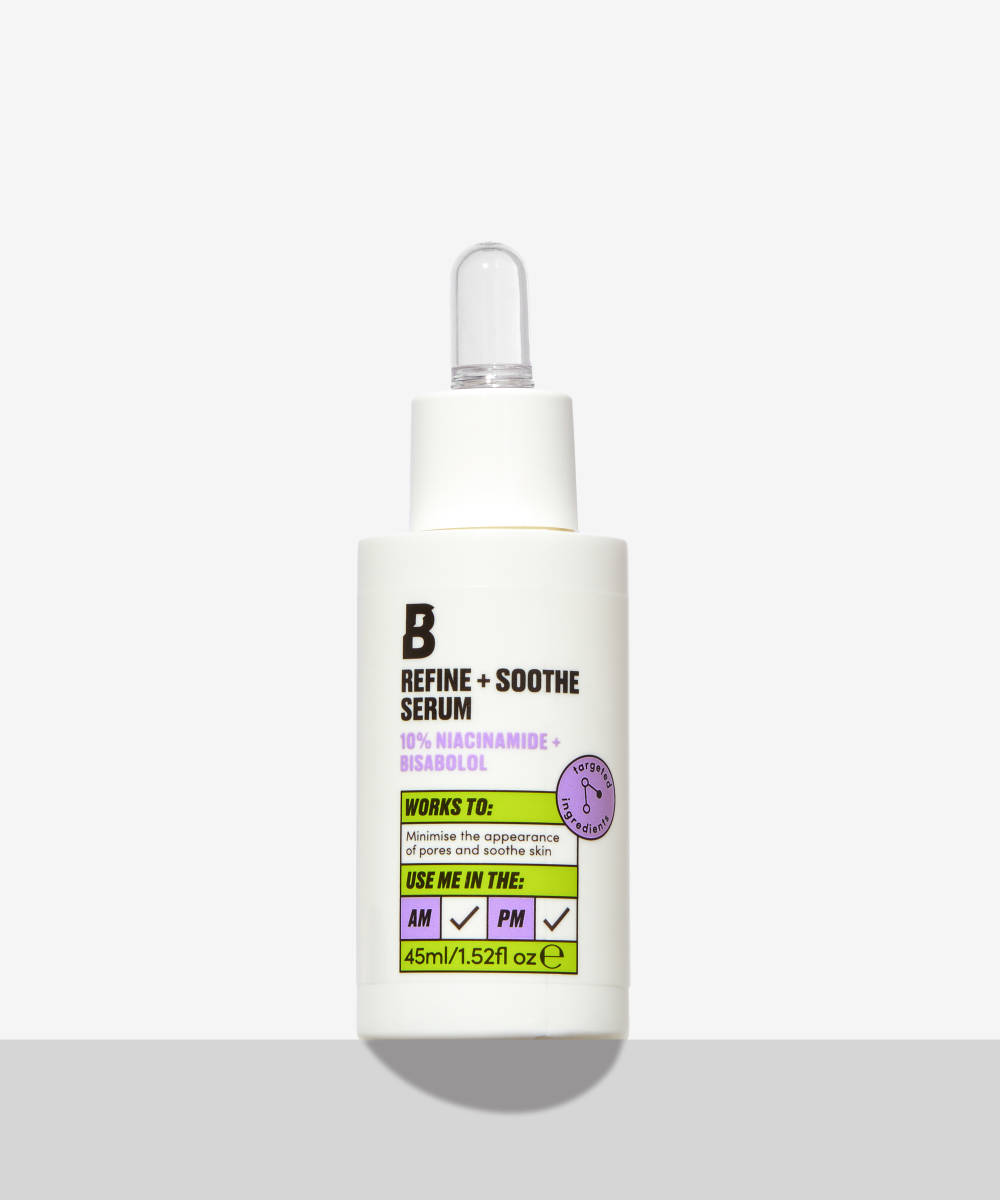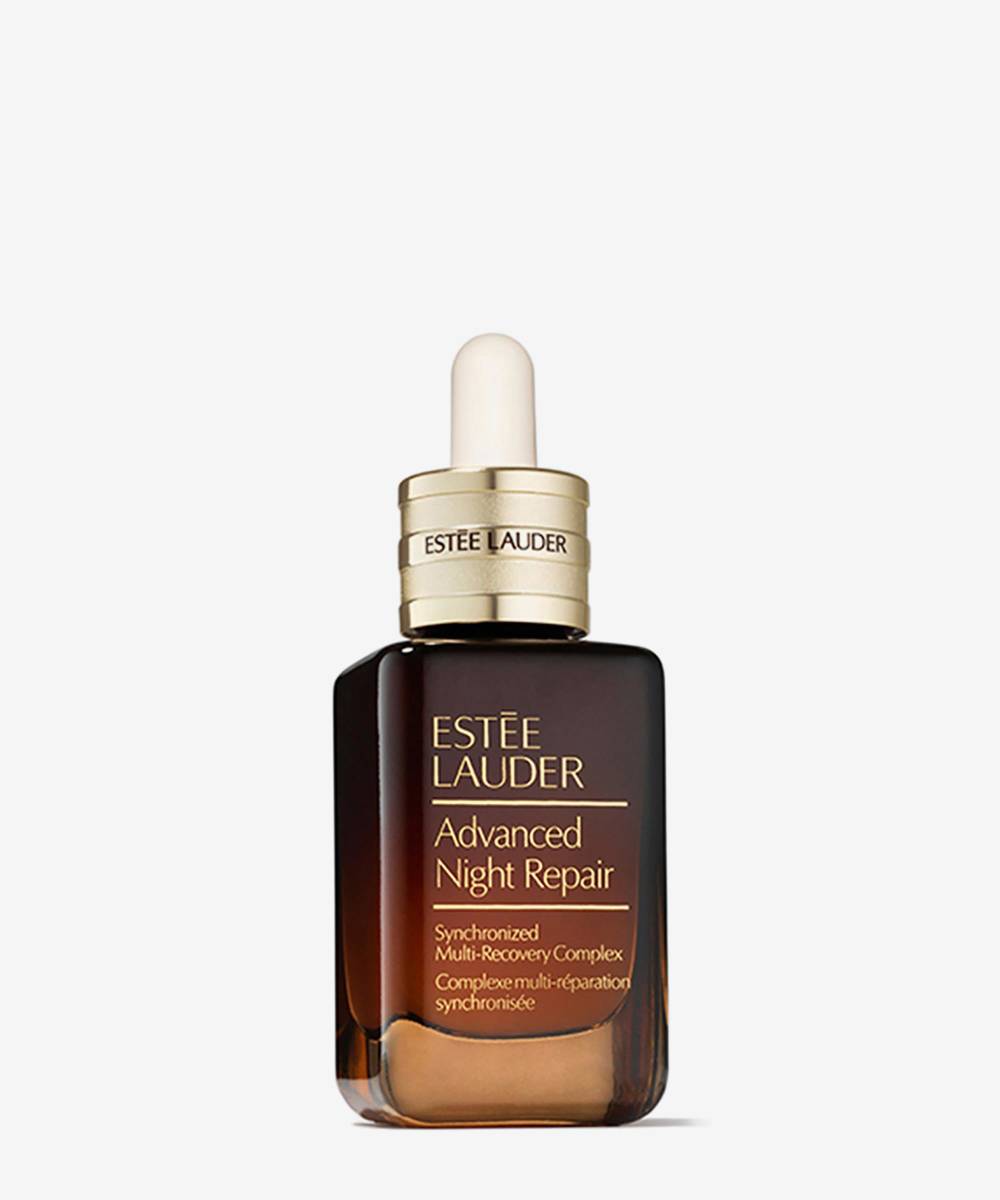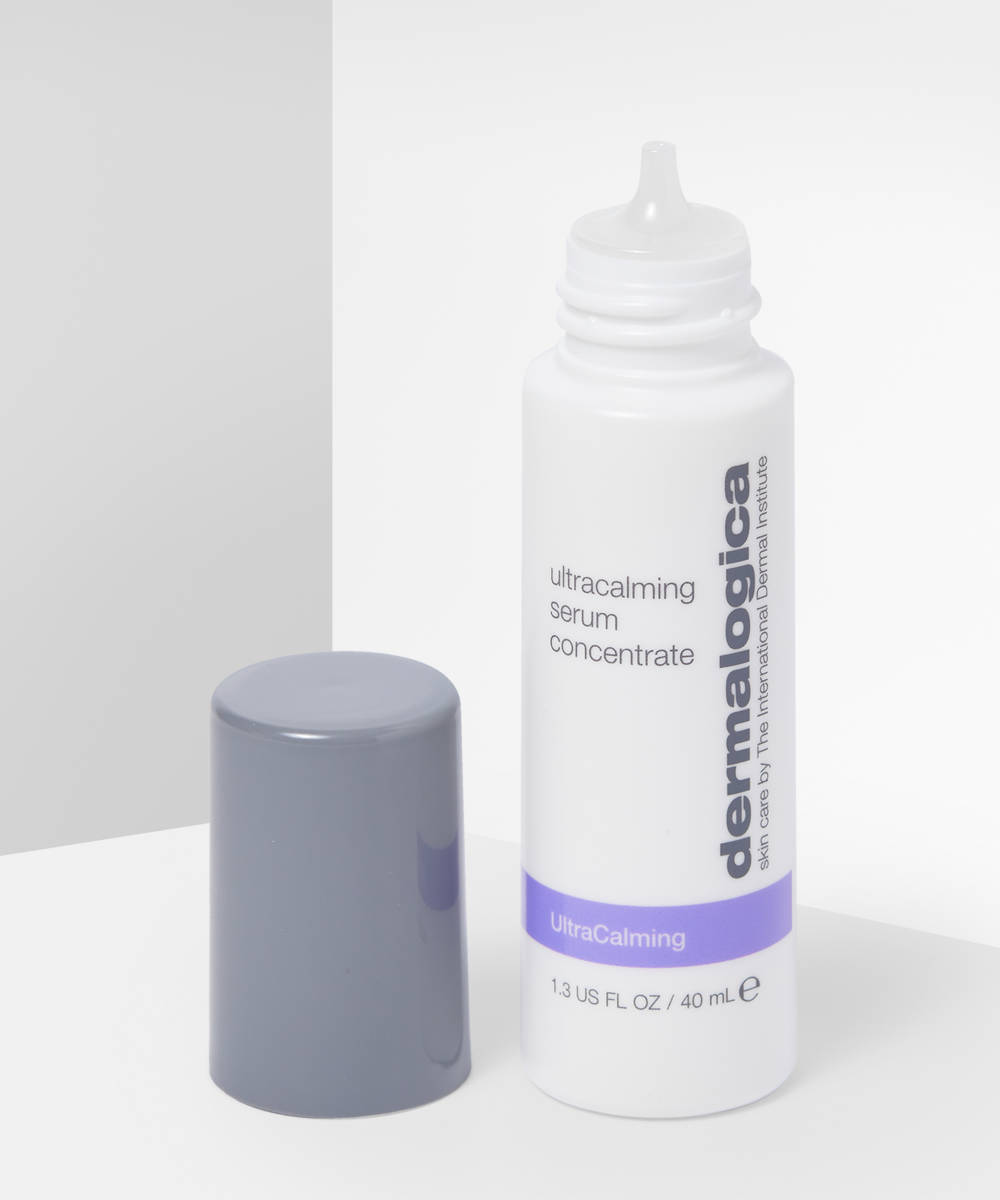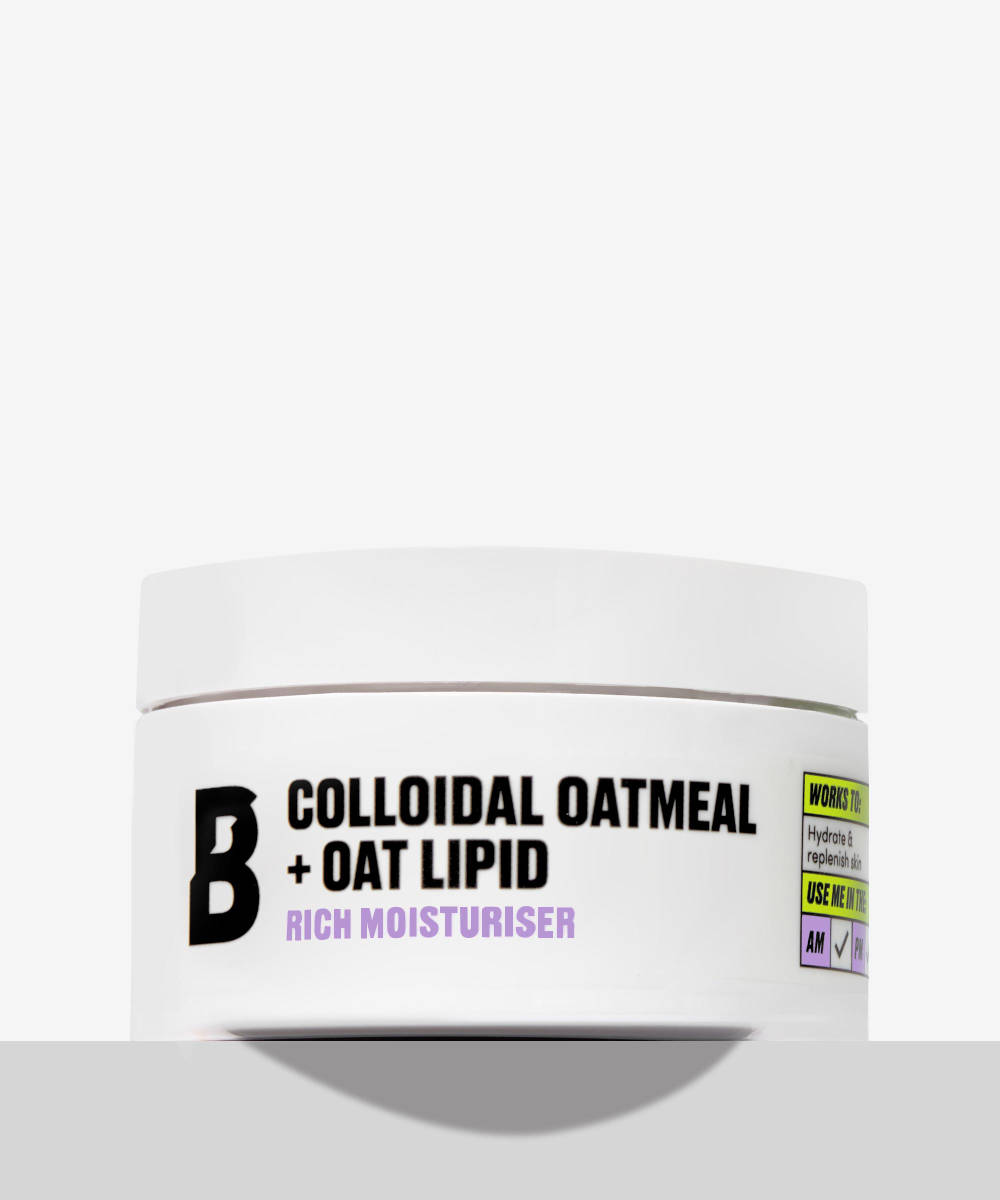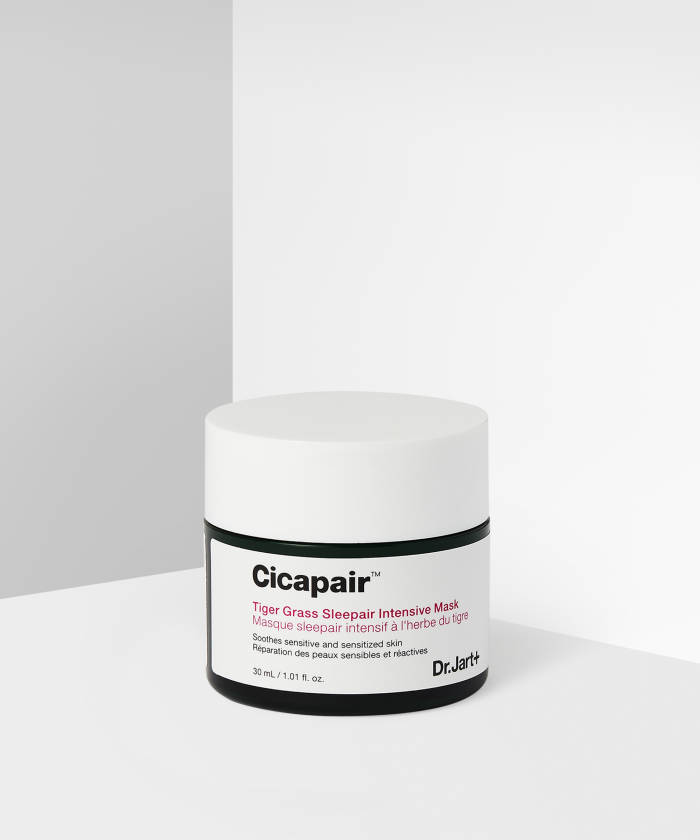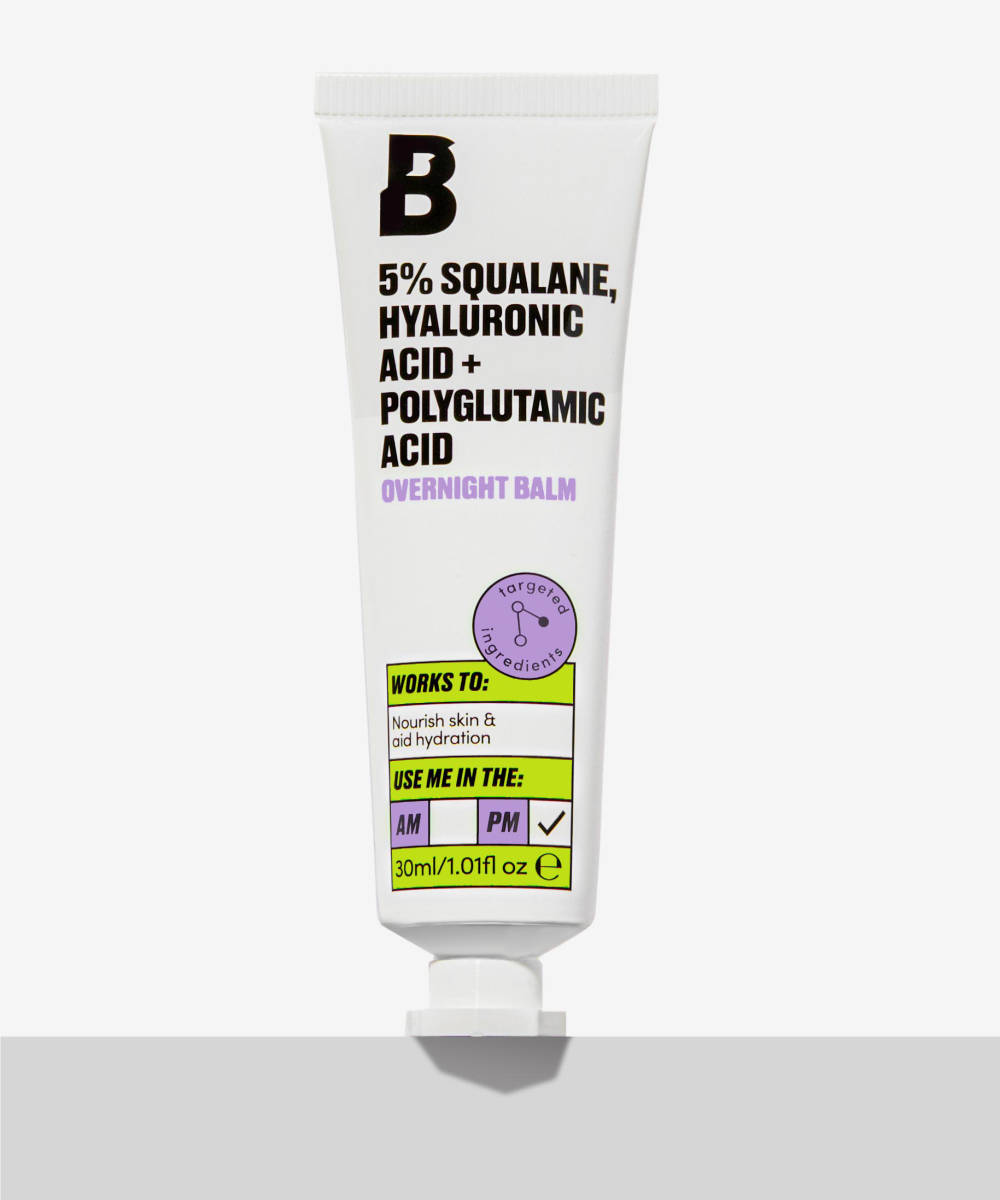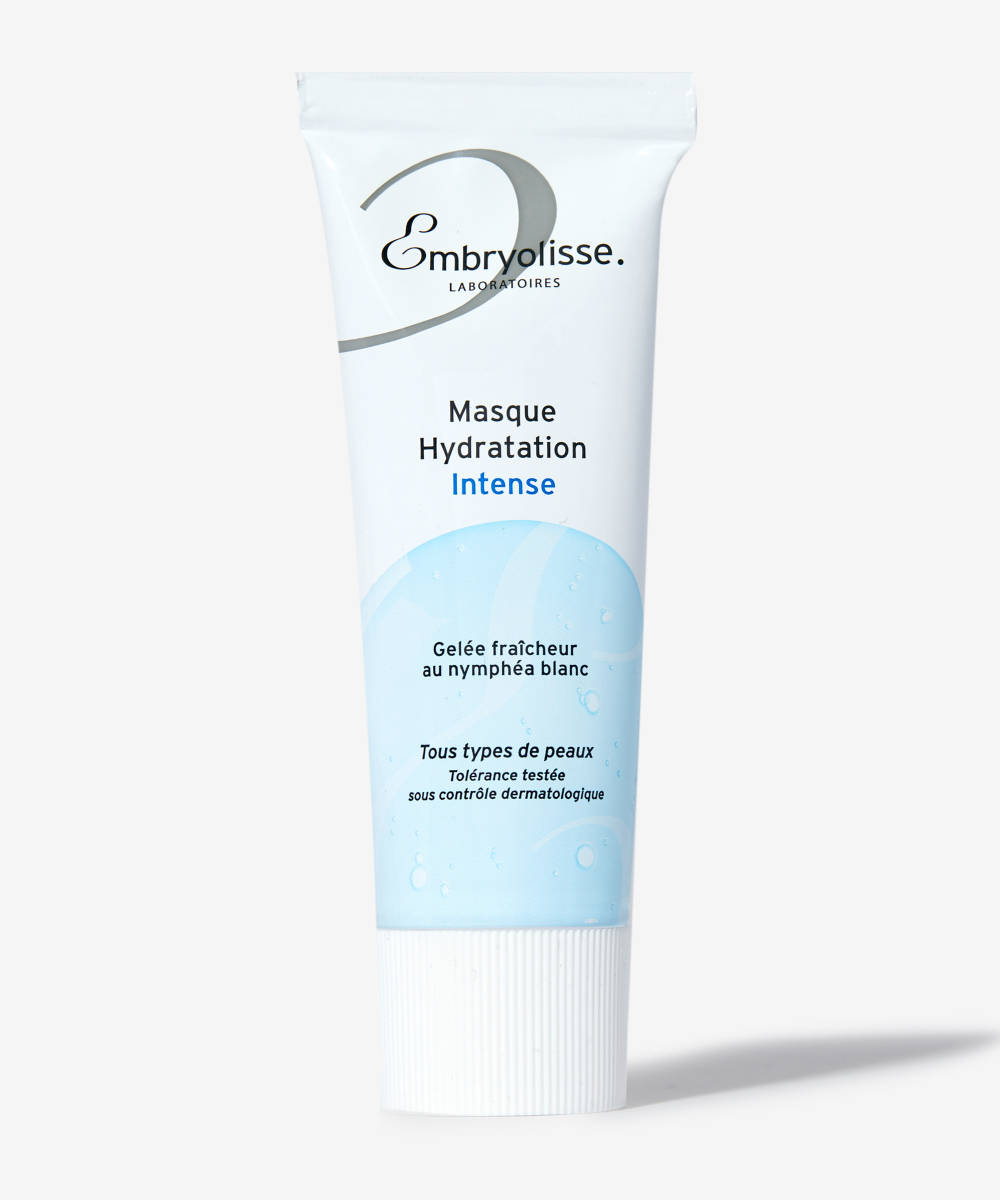Active skincare ingredients like acids and retinoids are great – they resurface and renew the skin, revealing the brighter, firmer, and plumper skin underneath. They can address skin concerns ranging from hyper-pigmentation and uneven skintone, to breakouts, rough skin texture, and early skins of skin aging. But if you’ve ever overdone it with AHAs and BHAs like glycolic, lactic, and salicylic acids, you’ll know that there are some less than desirable side effects… Things like skin-peeling, redness and increased sensitivity, are common occurences if you’ve been using acids too frequently or if you’ve layered multiple ingredients together. Guilty? Here’s how to soothe and repair your skin.
What are the side effects of using too much or combining too many exfoliating acids?
When you first start to use AHAs and BHAs (like glycolic and salicylic acids) a certain amount of skin shedding is normal and to be expected. This is essentially your dull, dead, and surface skin cells shedding away — to reveal the brighter skin underneath.
However, if your skin is red, irritated and sore, this is a sign of a damaged skin barrier, which can lead to increased sensitivity, moisture loss, inflammation, and breakouts. Likewise, if this lasts for longer than a couple of weeks, it’s definitely an indication that you’re overdoing things. It might be time to step away from the acids and soothe your skin back to health with the help of some skin healing ingredients.
What ingredients should you look out for?
When your skin barrier is damaged, it can become more sensitive, allowing everything from products to pollution to irritate your skin. It’s important to re-build your skin barrier with cooling, soothing, and gentle skincare products that will help re-inforce and protect your skin. Ingredients to look out for include: ceramides, cica, omegas, squalane, and probiotics.
You should also avoid (or cut down on) using acids while you’re helping your skin to heal, and other active ingredients, like retinoids and vitamin C, should be avoided too as they may cause further irritation.
What are the best products for repairing skin?
1. Gentle Cleansers
If your skin is irritated, avoid harsh, exfoliating cleansers and instead start your routine with a gentle, soothing face wash. Look for for cream, milk, and (non-foaming) gel formulas, and incgredients like cica, aloe, squalane, and oat. Whether you have dry, oily or acne-prone skin, it’s important to make sure you’re thoroughly cleansing the skin, removing makeup without stripping or causing further irritation.
3. Repairing Serums
To support your skin’s healing process, look out for serums which will help to strengthen and repair your skin barrier. THis will help your skin to retain moisture and will also reduce sensitivity and speed up the skin’s natural healing process.
4. Hydrating Moisturisers
Moisturising is key to rehydrating the skin, and provides an extra layer of protection to act as a barrier to outside environmental aggressors and pollutants. A hydrating mist should be the first step in your routine after cleansing, and it’s also a great way to soothe sore skin throughout the day. Follow it immediately with a hydrating serum, cream, then an oil or balm.
4. Soothing Masks
Whilst your skin is healing, treat it to a soothing, cooling treatment. Be careful not to use any products that contain retinol or exfoliating acids — and instead opt for hydrating hyaluronic acids, squalane, and cica. To make your products even more soothing, store sheet masks and gel-textured products in the fridge, or incorporate an ice roller into your routine.
FYI: This story was originally published at an earlier date and has since been updated.


